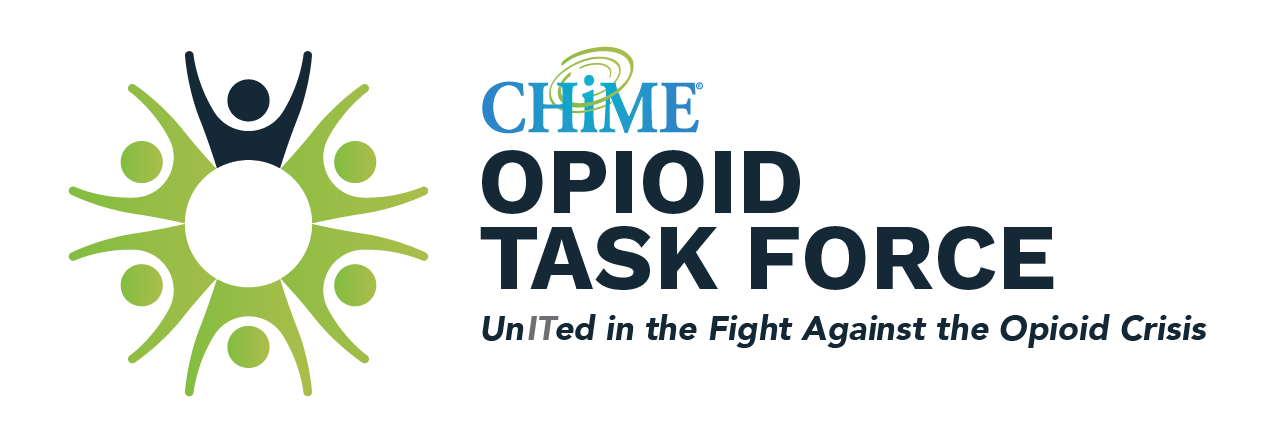Background: Opioid use, abuse, and adverse consequences, including death, have escalated at an alarming rate since the 1990s. In an attempt to control opioid abuse, numerous regulations and guidelines for responsible opioid prescribing have been developed by various organizations. However, the US opioid epidemic is continuing and drug dose deaths tripled during 1999 to 2015. Recent data show a continuing increase in deaths due to natural and semisynthetic opioids, a decline in methadone deaths, and an explosive increase in the rates of deaths involving other opioids, specifically heroin and illicit synthetic fentanyl. Contrary to scientific evidence of efficacy and negative recommendations, a significant proportion of physicians and patients (92%) believe that opioids reduce pain and a smaller proportion (57%) report better quality of life. In preparation of the current guidelines, we have focused on the means to reduce the abuse and diversion of opioids without jeopardizing access for those patients suffering from non-cancer pain who have an appropriate medical indication for opioid use.
Objectives: To provide guidance for the prescription of opioids for the management of chronic non-cancer pain, to develop a consistent philosophy among the many diverse groups with an interest in opioid use as to how appropriately prescribe opioids, to improve the treatment of chronic non-cancer pain and to reduce the likelihood of drug abuse and diversion. These guidelines are intended to provide a systematic and standardized approach to this complex and difficult arena of practice, while recognizing that every clinical situation is unique.
